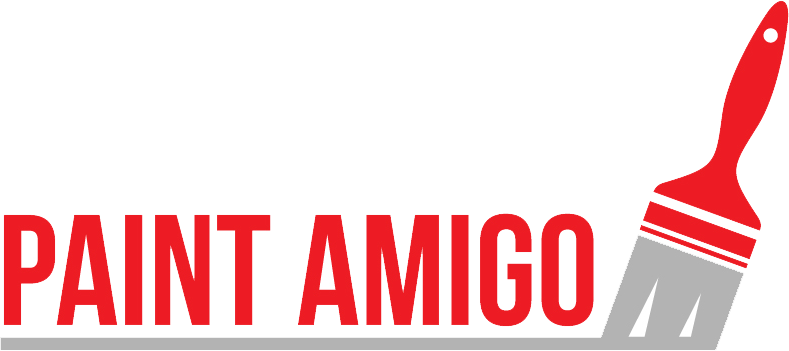There are variety of wood finishes. So, how do you select the right one? What are the differences? I will review the features and benefits of the popular wood finishes used today. Let’s begin…
Nitrocellulose lacquers
Nitrocellulose lacquer is the traditional topcoat of choice for wood finishes. Some of the benefits of lacquers include a rich appearance, easy application, and the ability to easily touch up or correct flaws in the coating. Each layer of nitrocellulose lacquer “melts” into the previous film, resulting in an even and uniform appearance.
Historically, the limitation with nitrocellulose lacquer has been a tendency to yellow and a relative lack of durability for heavy-wear applications. New technology, including the addition of UV absorbers and higher solids formulations, have resulted in high performance lacquers.
For higher quality applications, look for a catalyzed finish, especially one that is high build and/or contains UV absorbers.
CAB acrylic pigmented lacquers
CAB acrylic clear is a type of nitrocellulose lacquer that has better yellowing resistance than most nitrocellulose lacquers. Designed for interior wood finishing. Especially, when light stable, non-yellowing whites and pastels are required. Finish kitchen cabinetry, furniture, and other interior woodworking with these white lacquers. Cellulose Acetate Butyrate (CAB) acrylic represents the best chemistry of lacquers for resistance to yellowing.
Pre-catalyzed lacquers
High-performance pigmented conversion lacquers are for the general wood finishing market. After catalyzation, they can provide up to six months pot life as a white pre-cat lacquer. Many meet the KCMA specifications as a self-sealed system or over several catalyzed vinyl sealers. Some of these pre-cat Lacquers contain a UV absorber for improved resistance to yellowing. Catalyzed lacquers offer improved hardness, and better chemical and moisture resistance.
Waterborne acrylic topcoats
Clear and pigmented waterborne acrylic topcoats are gaining in both performance and popularity with the increased interest in sustainability and green coatings. Waterborne acrylic technology can provide durability as well as moisture and chemical resistance. Recent advances in waterborne technology have resulted in a final appearance that matches the traditional look of lacquer, eliminating the biggest resistance to waterborne products. Waterborne acrylics are ideal products to help meet many VOC regulations and support efforts toward lowering the environmental footprint.
Limitations in waterborne acrylic technology can include differences in the application process, grain raising, and more difficulty in touching up or correcting worn or damaged areas of the coating. Therefore, waterborne acrylic topcoats are often used for non-shop application in VOC-regulated areas. Environmentally focused customers may requests these finishes.
Conversion varnish wood finishes
Conversion varnish is an extremely tough and durable catalyzed coating, and should be the product of choice for the most demanding end uses and customers. It is one of the best in moisture and chemical resistance of any wood finish. It also has a crystal clear option, making it an exceptionally good product choice for use over white, pickled, or light-colored stains. Pigmented conversion varnish also has good resistance to yellowing.
Conversion varnish has a multi-phase curing mechanism, requiring both solvent evaporation and catalyzation, so it takes longer than traditional wood finishing topcoats to fully harden. Thus, conversion varnish is not recommended for application in facilities where ambient dust and debris are present. This could blemish the coating.
Conversion varnish is most popular with finishers of institutional furniture. For example, offices, schools, and churches. Additionally, conversion varnish is used for high-end cabinetry packages. Think of vanities and other high-quality custom wood applications.
Most large kitchen and bath cabinet manufacturers prefer to use conversion varnish. Smaller shops that can’t climate control their shop environment 24/7 should not consider conversion varnish systems. Conversion varnishes are the workhorse for the kitchen cabinet industry. Therefore, they are widely used on office furniture and interior wood surfaces. Conversion varnish provides high performance benefits.
Two-part polyurethanes
Clear and pigmented polyurethane finishes are popular in certain parts of North America, particularly for on-site finishing. Polyurethane is similar to acrylic technology in both durability and appearance – uniform, with lack of depth and luster. Repair is more difficult than traditional lacquer technologies. Many polyurethanes have more forgiving application characteristics, which is why it is popular for on-site finishers and application.
Urethanes offer excellent film properties and the added benefit of containing no formaldehydes which are becoming more restricted in use. Therefore, office furniture and lab equipment commonly use urethanes. Additionally, urethanes provide protection against harsh chemicals.
UV coatings
UV coatings – clear and pigmented – offer many benefits such as excellent chemical resistance, excellent film properties and appearance. Additionally, most UV applications are done on a “flat-line” finishing line. For example, they’re commonly used for kitchen cabinets, office furniture, entry doors and other markets where high volume and speed in finishing is required.
Polyester wood finishes
Clear and pigmented polyesters are extremely hard, high-build finishes. Polyester finishes are popular for high-end furnishings. For example, use these finishes on musical instruments like guitars, organs, and pianos. They provide a high gloss wet look. Think of that bar-top finish with the coins embedded in the coating.
Wood Finishes: Conclusion
We have reviewed the popular wood finishes. I hope you have a better understanding between the finishes. Additionally, be confident with selecting a finish for your project. You now have the knowledge to finish a masterpiece!
So Amigos, do you recommend any other tips wood finishes? Comment below…
Also, check out Paint Amigo’s spray equipment accessories recommendations below (Amazon affiliate links)…
No products found.
P.S. Download my free eBook The Profitable Painter. Click here.





